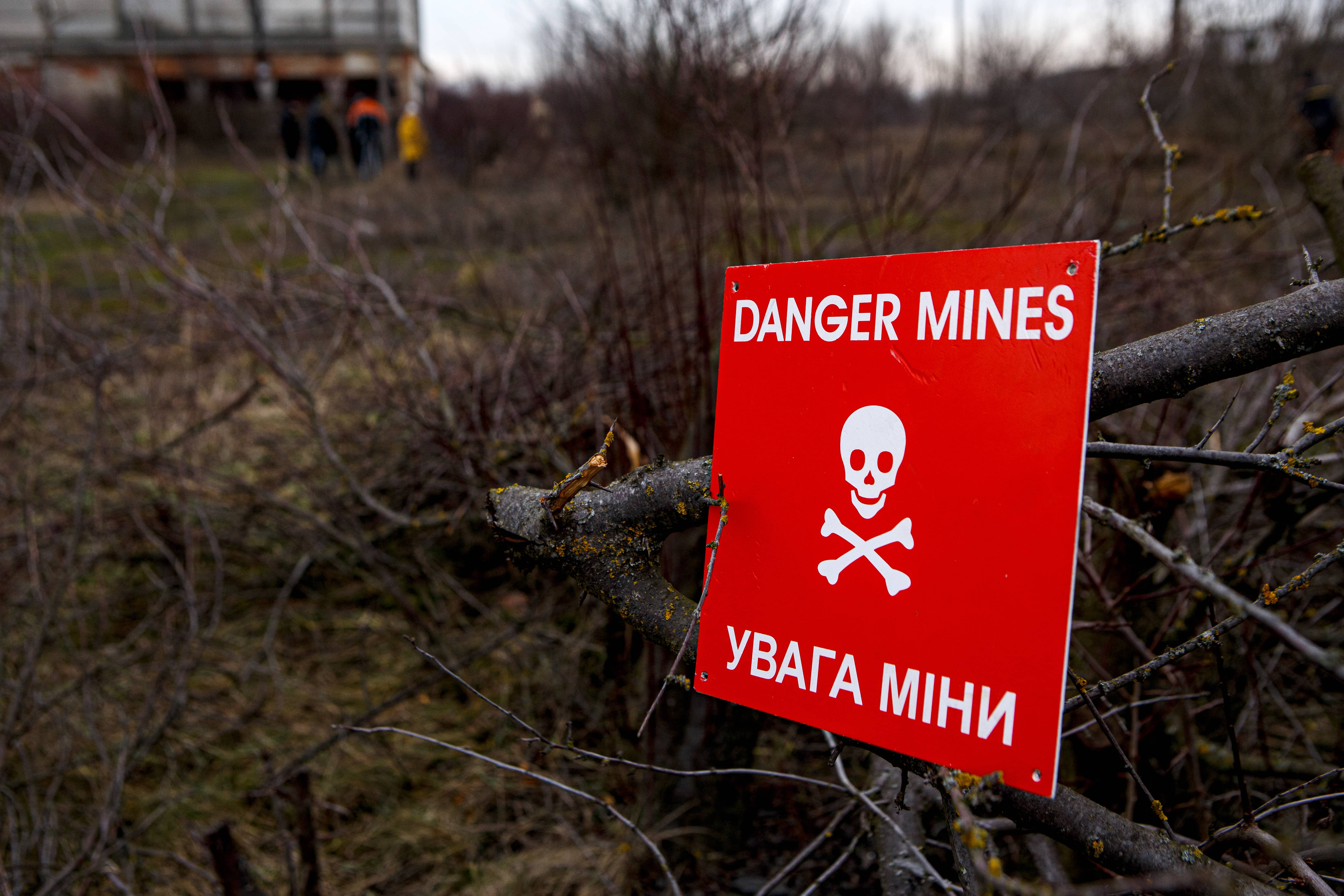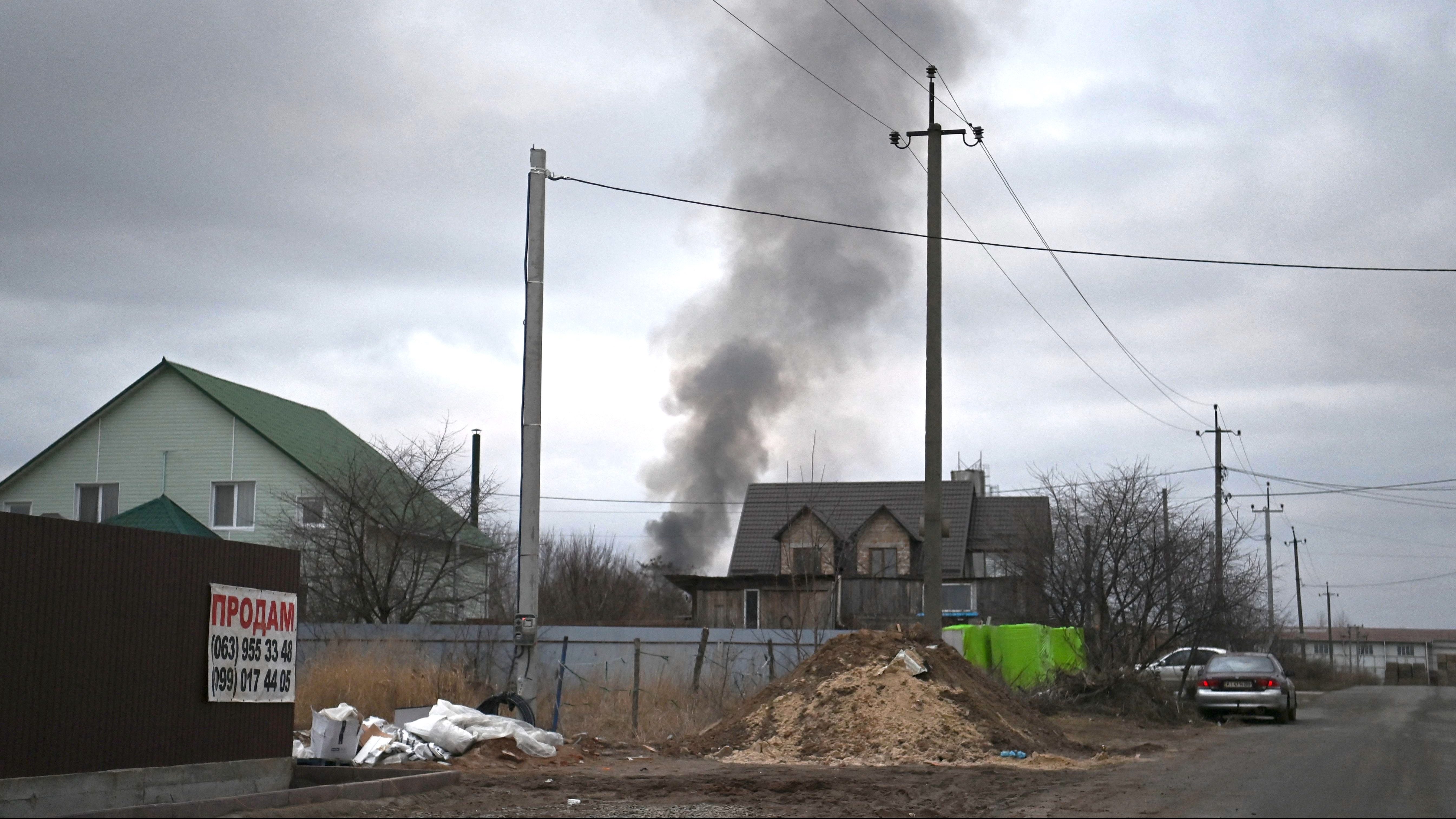As Russian forces stepped up their assault on Ukrainian cities Thursday, escalating a long-simmering conflict into a full-scale invasion, observers warned that this most recent round of violence could cause further long-lasting devastation to the environment.
On Twitter, the United Nations Environment Programme pleaded for a ceasefire “to ensure the safety of all people and the environment that sustains life on the planet.” Others worried about the potential fallout from intense fighting around the Chernobyl nuclear power plant, or raised concerns that artillery could hit one of Ukraine’s four operating nuclear power plants, releasing radioactive contamination that could spread throughout the region and last thousands of years.
In Ukraine’s east, where Russian forces have been supporting two breakaway regions in an eight-year war, researchers warned that Ukraine’s industrial infrastructure, electric grid or chemical plants could become a target.
“Eastern Ukraine is full of industrial sites like metallurgical plants, chemical factories, power stations and run-down mines,” Richard Pearshouse, the head of Crisis and the Environment at Amnesty International, told Grist in an email. “Fighting around these sites risks generating extreme toxic pollution, with severe health impacts worsening the already horrific humanitarian crisis for local people.”
Fighting in dense urban areas, in particular, poses a high risk because of the chance that artillery will accidentally hit a vulnerable site. But intentionally targeting this kind of civilian infrastructure, Pearshouse told Grist, would be illegal under the laws of war. He urged military commanders to “take all feasible precautions to minimize harm to civilians and civilian objects.”

The ongoing conflict also has reverberations far beyond Ukraine, as the country — known as the “breadbasket of Europe” — is a major supplier of crops for nations around the world. Ukraine ships more than 40 percent of its wheat and corn exports to the Middle East and Africa, regions that already struggle with food shortages and could face further instability as a result of any disruptions. A large portion of these exports come from the country’s threatened eastern regions, and fighting that extends beyond separatist-controlled areas could increase food insecurity, the United Nations warned.
“Interruption to the flow of grain out of the Black Sea region will increase prices and add further fuel to food inflation at a time when its affordability is a concern across the globe following the economic damage caused by the Covid-19 pandemic,” David Beasley, executive director of the World Food Programme, said in a statement.
Fears of environmental catastrophe in Ukraine are not new, and have been keenly felt in the parts of the country most exposed to the conflict that began in 2014 and has already killed over 13,000 people. Eastern Ukraine, an area known as the Donbas, is heavily industrialized and even before the war was known as one of the country’s most polluted regions. It struggled to deal with toxic waste from a history of coal mining, metallurgy and chemical manufacturing; after the war began, many of its operating factories had to shut down, raising the risks that they would pollute the environment as they languished.
Years of war have already degraded the region’s water infrastructure and polluted local rivers. Water supplies have been cut off at multiple points throughout the fighting, making essential tasks like cooking, drinking and hand-washing a “daily challenge,” according to UNICEF, the United Nations’ child welfare agency. The organization has recorded more than 450 cases of military damage to water infrastructure in the region since 2016, Politico reported; last week, dozens of towns lost access to water after a pipeline was damaged by shelling.
In the regions controlled by separatists, the degradation of wastewater infrastructure has sent untreated sewage into the Donetsk River, posing health risks to the people who rely on it for their water supplies. Dozens of mines containing radioactive material and heavy metals like mercury, lead, and arsenic, which naturally fill with water that needs to be pumped out, were abandoned, allowing them to flood and potentially contaminate the groundwater. Unexploded ordnance left over after fighting, while posing a direct threat to civilians, has also polluted waterways in the area, releasing toxic chemicals through the surrounding soil, according to a 2020 paper in the Small Wars Journal.
Frequent shelling and landmines, compounded by the drying effects of climate change, have also made the region more susceptible to wildfires. In 2018, the United Nations reported that conflict in the Donbas had destroyed at least 530,000 hectares of land, including 18 nature reserves. Much of this was burned in more than 12,000 forest fires blazing near the combat zone, some of which were believed to have been sparked by artillery strikes.
“Donbas is on the precipice of an ecological catastrophe fueled by air, soil and water pollution from the combustion of large amounts of ammunition in the fighting and flooding at industrial plants,” Leila Urekenova, an analyst for the UN Environment Programme, said at the time. “There is an urgent need for ecological monitoring to assess and minimize the environmental risks arising from the armed conflict.”



